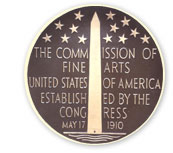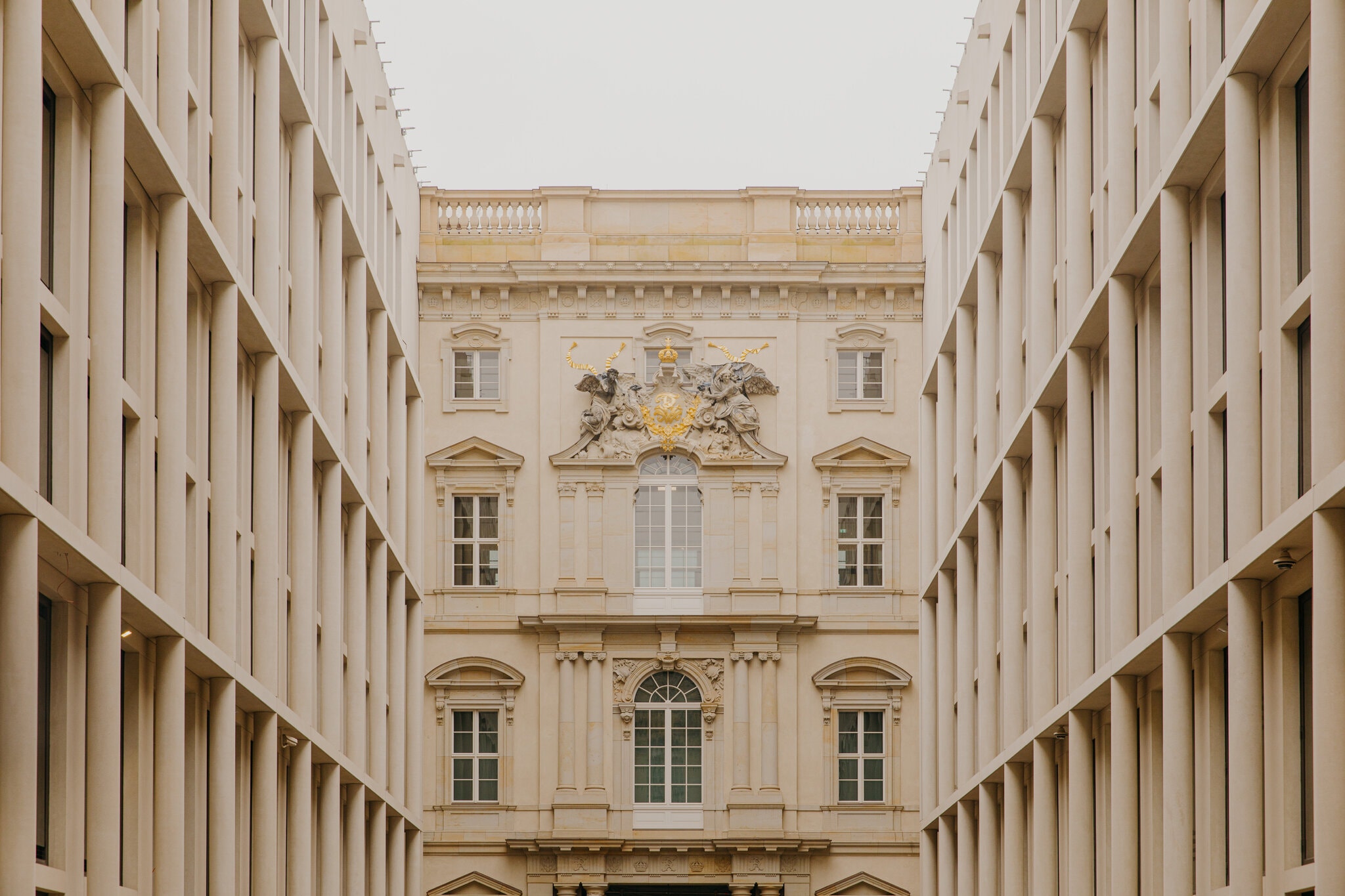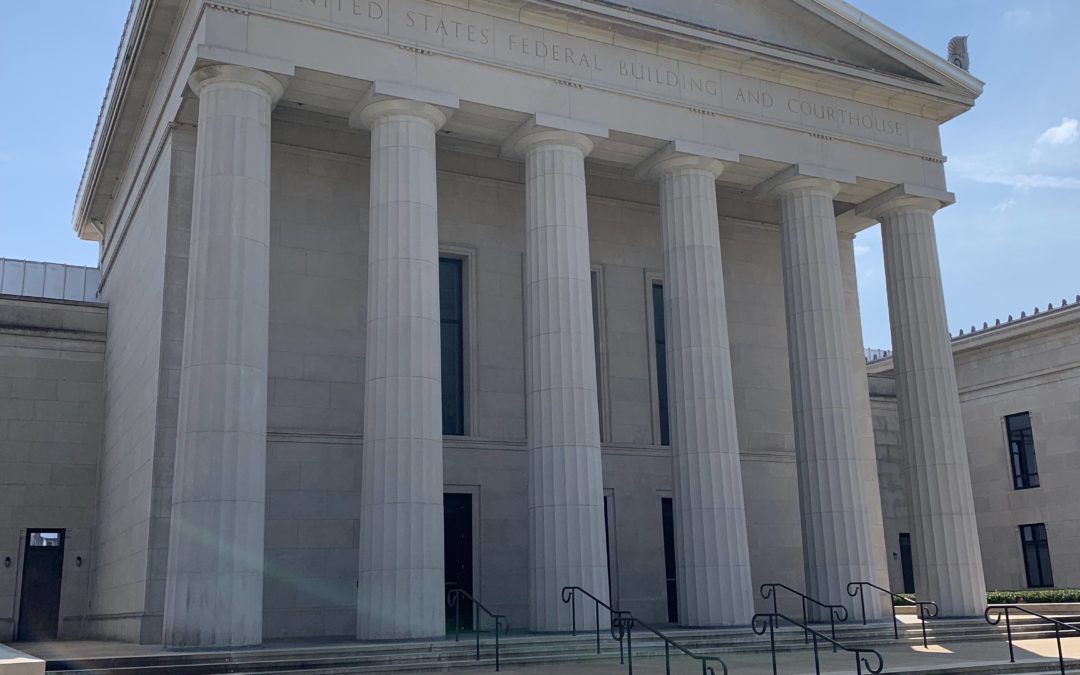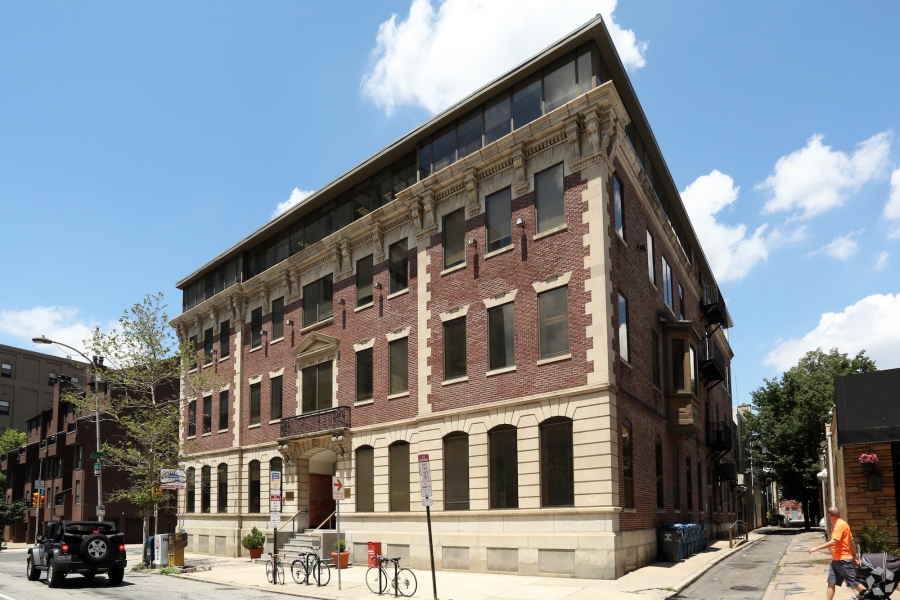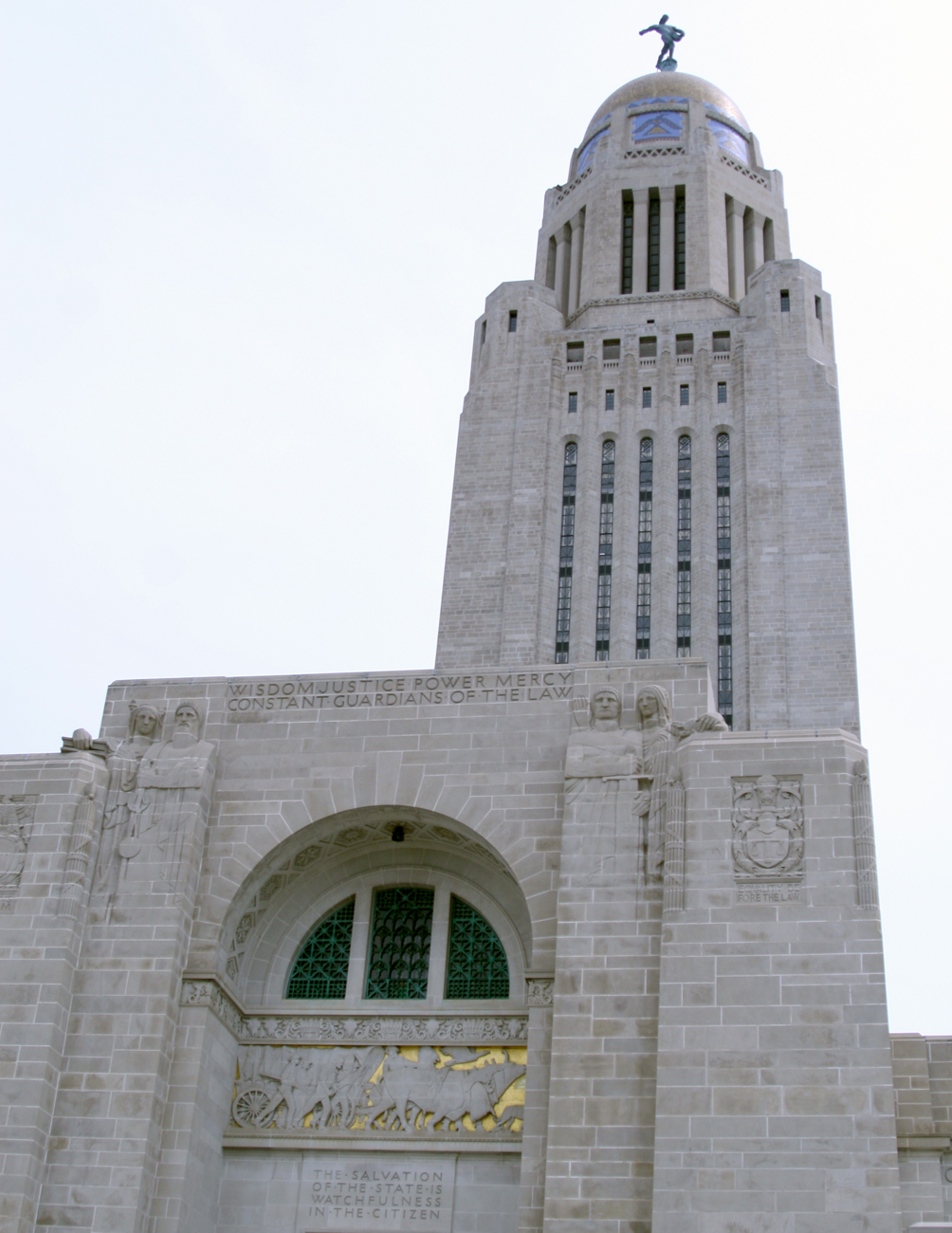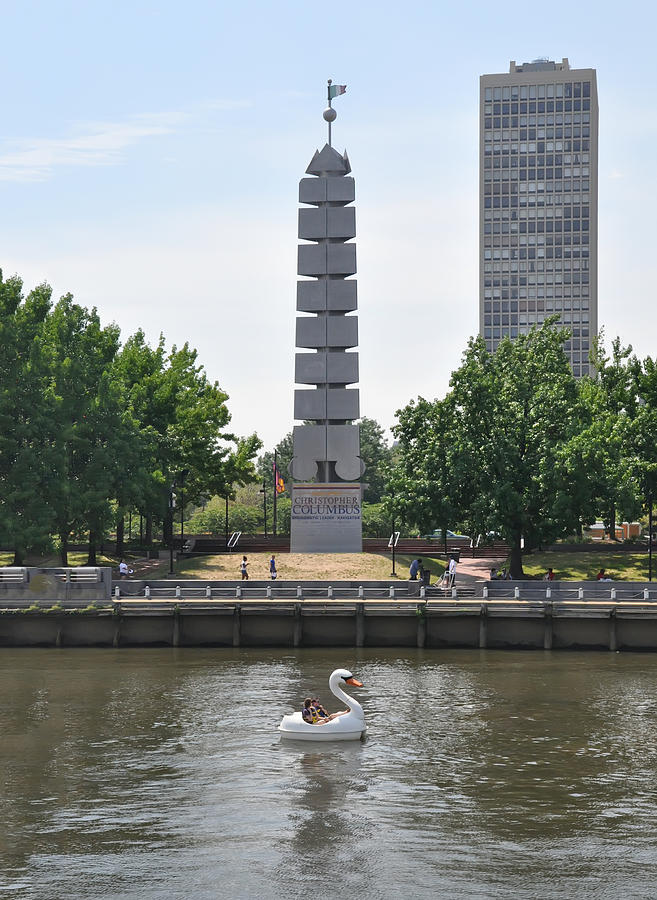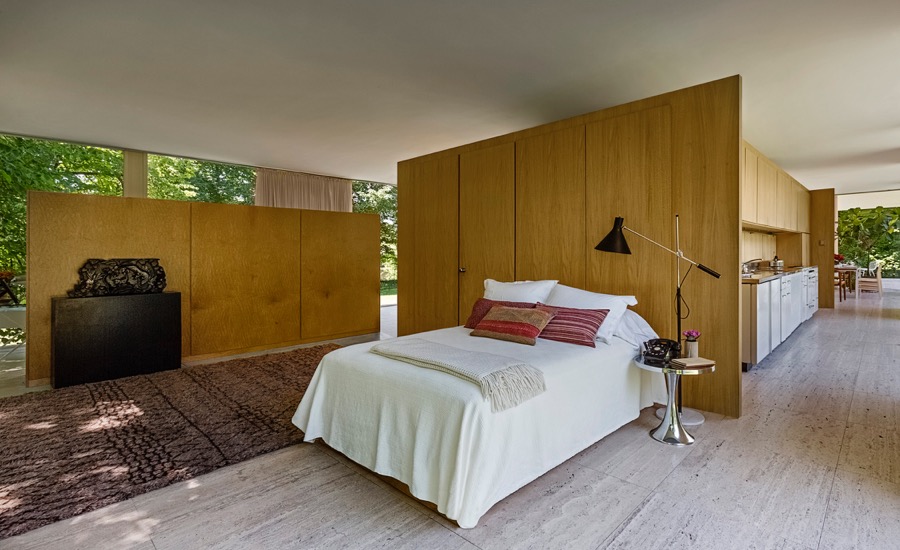MINOR FIGURES
Philip Kennicott writes yesterday in the Washington Post about the United States Commission of Fine Arts, whose seven members are currently all Trump appointees, four appointed at the last minute on January 12, 2021. Kennicott is scathing in his evaluation: “The original members, and the vast majority of those who followed them over the past 110 years, were giants in their field, while the Trump appointees who now run the CFA are minor figures, chosen not for their accomplishment but for their ideological conformity to a rigid doctrine of architectural classicism.” Kennicott’s point about ideological conformity is important.

